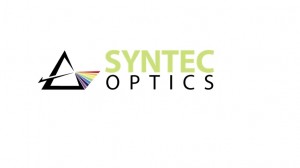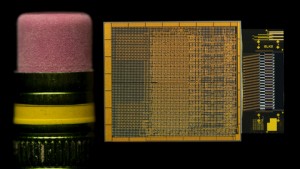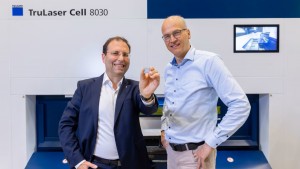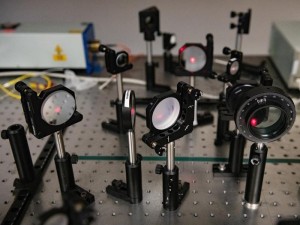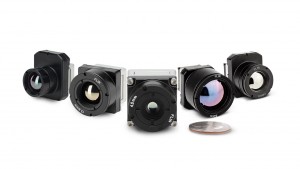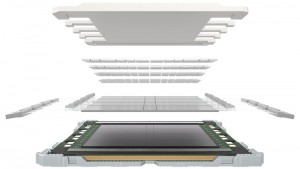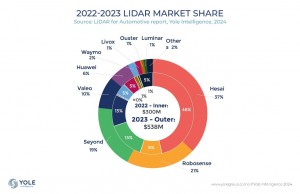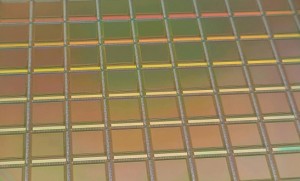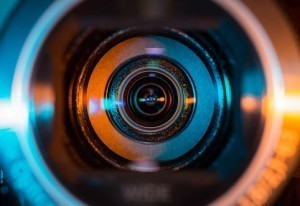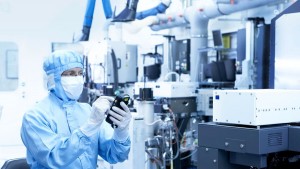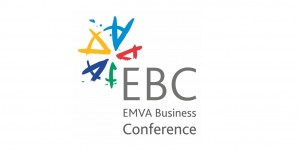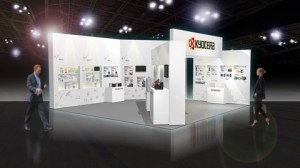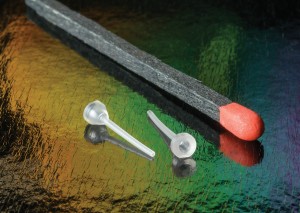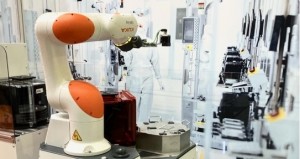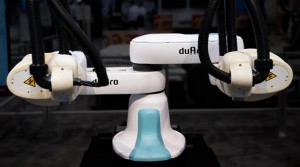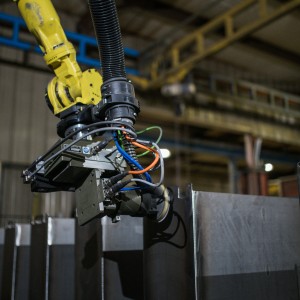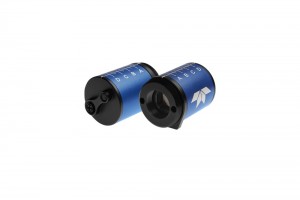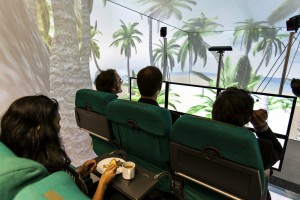
Recent results from cognitive research, neuroscience and virtual reality (VR) show that it is relatively easy to give people the illusion of substantial changes in their body with regard to appearance, posture, movement and even structure. In addition, virtual reality (VR) can be used to alter the surrounding visual space positively by transforming the perceived size of the physical space, the location to a more desirable environment or even to an alternate reality.
The VR – HYPERSPACE project is investigating how virtual reality and mixed reality (MR) can enhance air-travel comfort by changing the perception of people and the space around them while sitting in the airplane. Nine partners from six European countries are working together in the EU-sponsored project with a total budget of € 4.6 million.
“Super Here”, “Super There”, and “Super Together”
Using 3D immersive projection-based displays, headsets and sound, the VR – HYPERSPACE project has developed concepts to enhance the cabin environment and social interactions. Project partner Fraunhofer IAO in Stuttgart (Germany) has developed a mock-up of an aircraft cabin with seats in a row, equipped with large displays on the seats in front and even on the floor. In addition, 14 projectors project images onto the cabin walls. Combined with a camera-based head-tracking system, the computer-generated virtual environments give passengers the illusion of an invisible airplane.
“You feel that you are flying through vistas of a tropical island or city-scapes”, says Matthias Bues, Head of the Competence Team Visual Technologies at Fraunhofer IAO in Stuttgart. “In our ‘super here’-scenario the features on the plane journey are enhanced so that the passenger can enjoy the flying experience. In the ‘super there’-scenario the passenger is taken out of the plane to another, more relaxing environment.”
Another potential application is letting passengers virtually sit with whomever they want to, which is being studied at the Bauhaus-Universität Weimar. New technology, which can be compared to a 3D version of Skype, enables people to virtually be together even while travelling. This technology improves upon current teleconference techniques in that it enables people to take any perspective in the shared virtual space in order to interact more naturally. Furthermore, they are placed in an arbitrary virtual world (e.g., the destination of the flight or an immersive 3D game) that they can interactively explore together.
Illusion despite turbulences?
The latter “super there”-scenario could be good news to all those who suffer from fear of flying. Whether this illusion can be maintained even when the plane hits some turbulence is part of the research carried out at the Max Planck Institute for Biological Cybernetics in Tübingen (Germany) in collaboration with the University of Barcelona. The researchers investigate scientific outcomes on self- and space-perception during in-flight motions. The first results using fully tracked and immersive head-mounted-displays demonstrate that one can experience presence in a larger space (i.e., a beach), experience an altered virtual body (i.e., a more comfortable posture) and that the experience of the body size influences the perception of space.
The remaining question now is whether these positive illusions occur under flight conditions and/or can they alleviate stress caused by experiencing turbulence in-flight. “We have the unique opportunity of testing our scientific results within our novel CyberMotion Simulator in combination with the VR glasses Oculus-Rift to test the practical issue of using virtual reality when experiencing in-flight conditions such as turbulence.”, says Betty Mohler leader of the Space and Body Perception research group at the Max Planck Institute for Biological Cybernetics. The CyberMotion Simulator is a novel motion simulator that provides scientists the opportunity to test future scenarios of using virtual reality in flight while observing passenger’s behavior. For instance, it is being tested whether the in-flight experience of turbulence can be improved or compensated for the multi-sensory (visual/auditory/motion) perception of being on a tropical island.
CyberMotion Simulator
Photo courtesy Cora Kürner, Max Planck Institute for
Biological Cybernetics
Industry as a project partner
While a good part of VR–HYPERSPACE still is in the early stage of development, the presence of two industry partners in the project, Airbus Group Innovation and Thales Alenia Space Italia, as well as interest at annual Aviation Advisory Board meetings proves its potential use by the aviation industry. And it’s no wonder because, once feasible, the applications could be adjusted to all people and could offer a virtual workplace for business travelers, to enabling travelers to be together with whomever they choose, and providing a virtual-reality experience for passengers in uncomfortably narrow economy seats.
Written by Andreas Breyer, Senior Editor, Germany, Novus Light Technologies Today


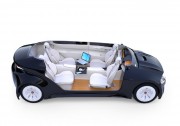


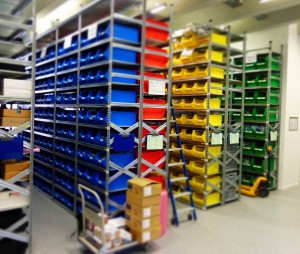



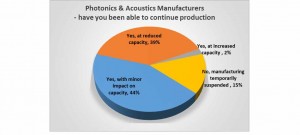
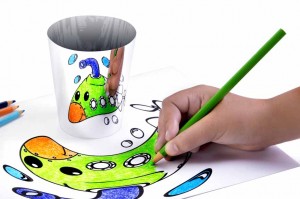
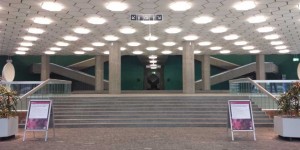

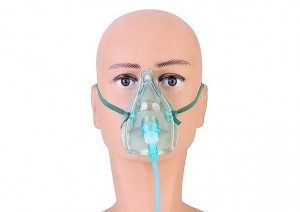





























 Back to Enlightening Applications
Back to Enlightening Applications













